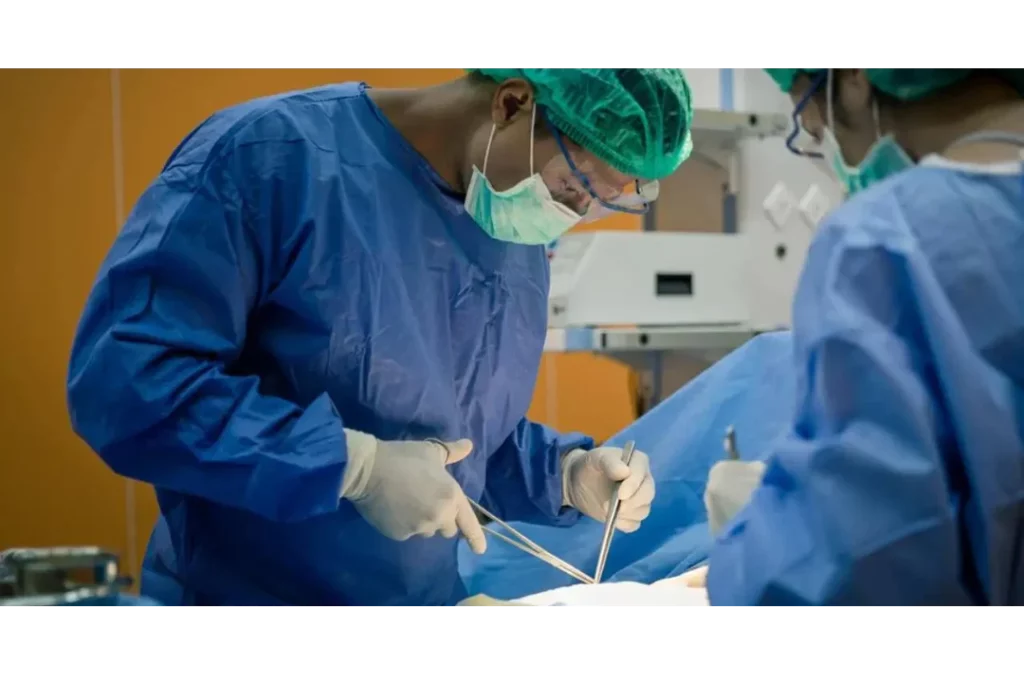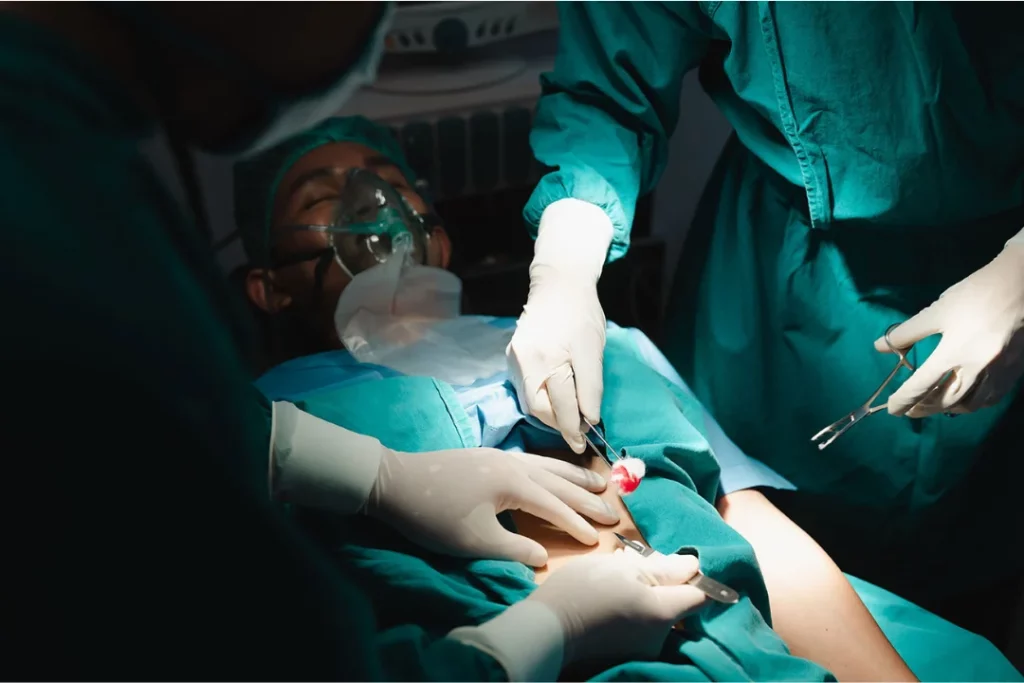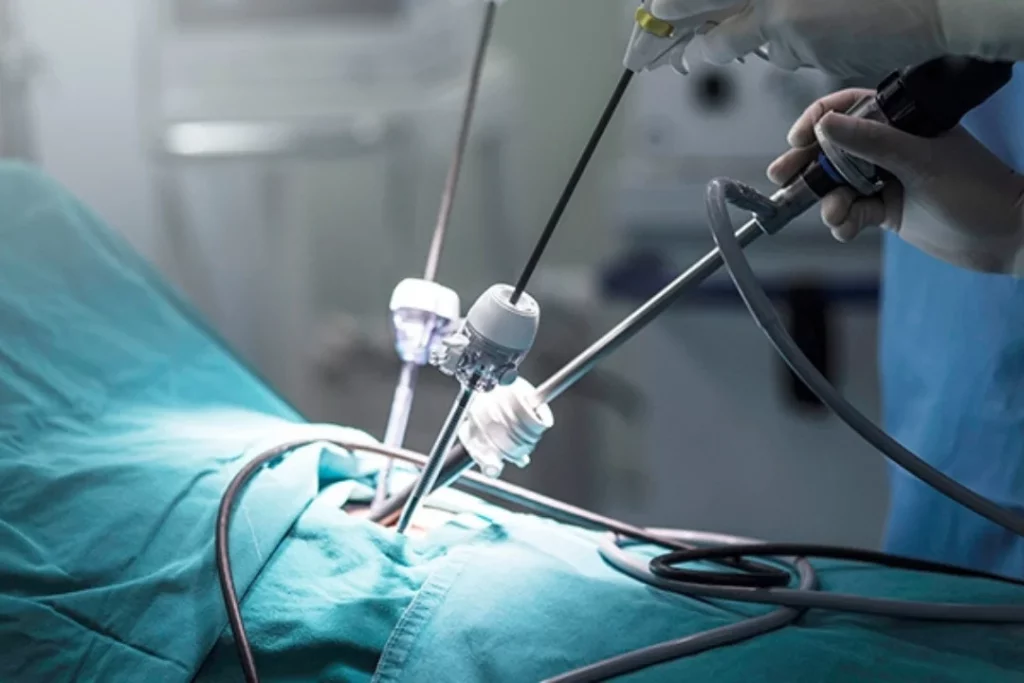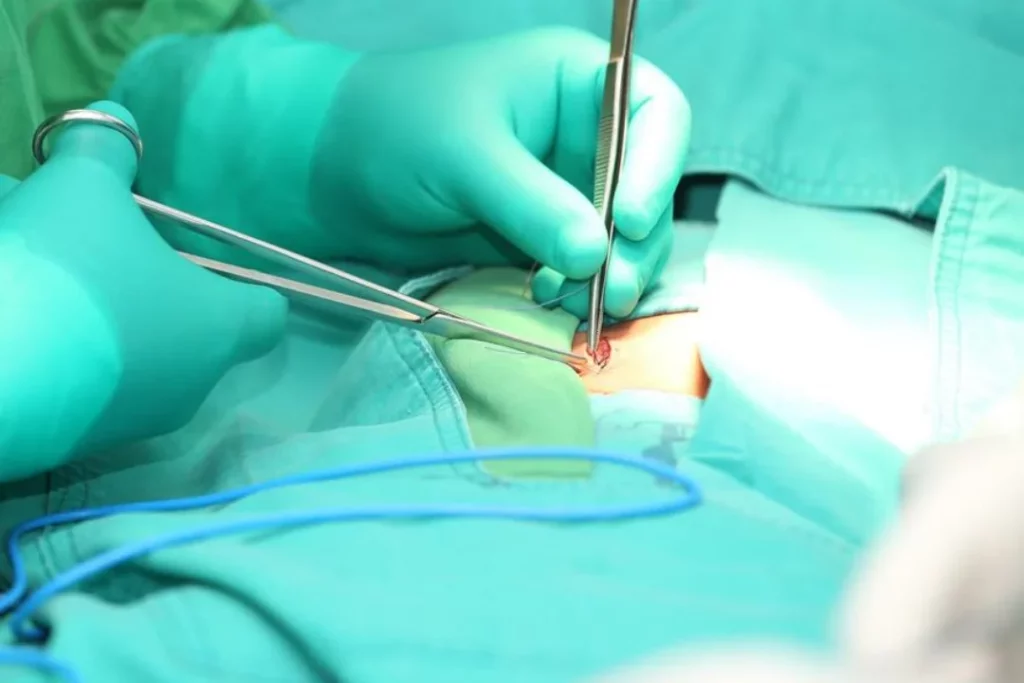
Early Pregnancy Signs 21 Symptoms Women Miss
Am I Pregnant? Early pregnancy signs You Should Never Ignore (Pakistan + Overseas Guide) Early pregnancy can feel like a puzzle. Some women feel symptoms

“Acquire the knowledge of open surgery vs laparoscopic surgery.”
Maybe one day you will end up diagnosed with a certain health condition that requires a surgical procedure. You have two options available such as open surgery vs laparoscopic surgery. So, which one would you go for? Well, you can’t make a fair choice without knowing the benefits and risks involved in both of these surgery methods. Although the procedure of surgery varies from patient to patient, according to the health condition of a patient and the severity of the disease. Most of the time your doctor will suggest you the best procedure. But this comprehensive blog will also be really helpful if you want to learn more about these two kinds of surgery, their procedure, and their pros and cons. Whether in terms of scars, post-op pain and many other factors. Click here

There are two major types of surgery; open surgery and laparoscopic. Let’s move forward and learn what are these, what are their procedures and what are their pros and cons.

Open surgery is a traditional method of surgery in which a surgeon makes an incision with a scalpel in order to get access to the affected organ. The incision can be small from 3 to 4 inches or larger up to 10 inches according to the requirements of the surgery.The tools used in this kind of surgery are specially designed which help in the removal of an organ or part of it, to cut through tissues, to suture tissue, and so on.

Laparoscopic is an advanced type of surgery where a surgeon makes a small incision. After making an incision the next tool which is required is called Trocar. It is a surgical instrument having a three-sided cutting point enclosed in a tube, used for withdrawing fluid from a body cavity. Another tool which is used in this surgery is a tube through which gas is pumped into the abdomen which helps the surgeon in fixing the space more effectively. One more tool that is used in this procedure is a laparoscope. It is a long and narrow tool with the help of which a surgeon is able to manipulate and suture the tissues.
In open surgery, surgeons have direct access to the organs which gives them a better visualization.
Due to the direct handling of organs and tissues, this procedure offers greater maneuverability and precision.
Open surgery is more versatile than laparoscopic. It is suitable for complex cases where laparoscopic methods aren’t feasible.
Cons:
Compared to the laparoscopic method, in open surgery incisions are larger, resulting in more pain, more significant scars, and more time for recovery.
As we know open wounds are more prone to infection as compared to minimal incisive techniques so in open surgery the risk of infection is much higher than that of laparoscopic.
In open surgery, your stay in the hospital is longer than in a laparoscopic procedure. For recovery, it also takes much more time in contrast to laparoscopic.
Due to the large incisions in open surgery, the risk of the loss of blood is much higher than that of laparoscopic.
In opposition to open surgery, laparoscopic requires smaller incisions, through which a trocar is inserted. So having smaller incisions, results in minimal scarring and lesser risk of wound infection.
As mentioned above, laparoscopic incisions are smaller so after undergoing this procedure, the patients stay in the hospital for less time and they get fast and quick recovery as compared to open surgery.
Small incisions, cause less tissue trauma, resulting in less postoperative pain and discomfort.
Laparoscopic surgeries tend to less blood loss as it has smaller incisions and use special techniques to minimize the bleeding.
In laparoscopic, due to the usage of cameras and instruments, surgeons have limited visibility which can cause some challenging situations.
Laparoscopic requires specialized training for the usage of instruments and for precise hand-eye coordination.
As said before, in laparoscopic surgeries special equipment is used, so it can increase the overall cost of the surgery.
In this era of advancement and technology, many common surgeries are performed through laparoscopic procedures, because of its benefits and improved patient results. There are some surgeries that are done through this procedure.

Several kinds of surgeries demand access to a larger area, such as in order to insert something like a stent or in the transplantation of an organ, for instance, a heart, kidney, or liver transplant. In such cases, open surgery is always a preferred choice because only open surgery provides direct access to the organs and more visibility.
To summarize on open surgery vs laparoscopic surgery, I would say that both procedures have their own respective pros and cons. Many surgeries can be performed through laparoscopes such as to remove stones, tumors, and appendix, and so on. But in some cases, open surgery is always preferred. Furthermore, open surgery is an ideal choice for chronic diseases and in it the risk of affecting other organs is low. Although a doctor is the most reliable source of information your own research can help you to get familiar with this topic in a better way and move towards the process with a more relaxed and open state of mind.
There are some possible complications in laparoscopy such as bleeding from the incision, injury to the other organs, and carbon dioxide entering other places rather than the abdomen. But these are very rare cases. in fact, it’s safer than open surgery.
According to research over 13 million laparoscopic surgeries are performed globally every year.
No, laparoscopic isn’t suitable for all patients. It varies from patient to patient according to their medical health and specific condition.

Am I Pregnant? Early pregnancy signs You Should Never Ignore (Pakistan + Overseas Guide) Early pregnancy can feel like a puzzle. Some women feel symptoms

How to Prepare for Your First Pregnancy: The Complete Doctor Backed Guide for Pakistani & Overseas Pakistani Women “Planning Your First Baby? Follow This Doctor

6 STUDIED-BASED TIPS FOR NORMAL DELIVERY IN 9th MONTH, PREGNANT WOMEN NEED TO KNOW Are you in your 9th month pregnant women and you want

Doctor sahiba, mujhe PCOS hai ya PCOD? Many Pakistani women hear these terms and feel confused: “PCOD ya PCOS? Dono mein farq kya hai?” It’s

Tired of Summer Swelling? Discover the Safest Daily Exercises to Reduce Edema Naturally Have you ever felt like your feet or hands were getting a

Heart Palpitations from Heat? This Breathing Hack Could Be the Relief You’ve Been Missing Did you ever feel your heart racing or fluttering after getting
Please provide your details below, and we will contact you after you schedule your appointment.